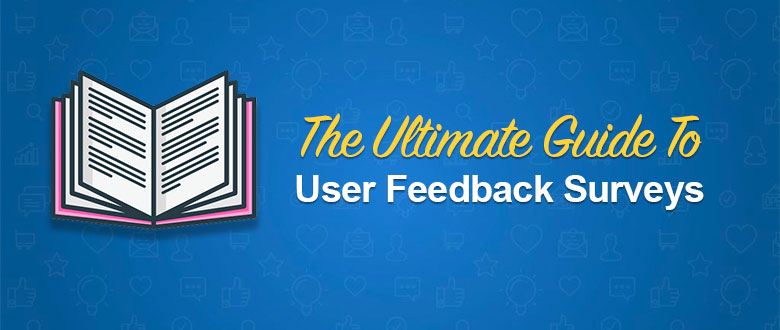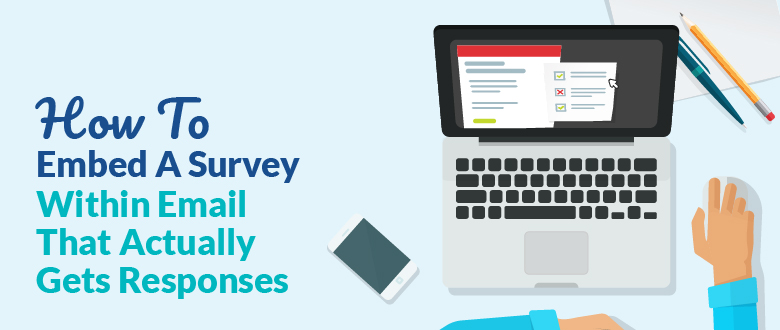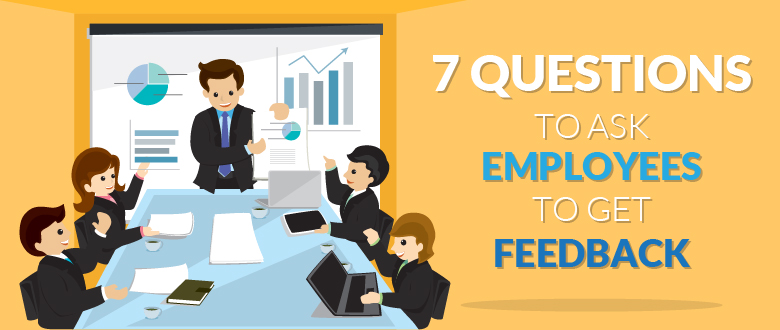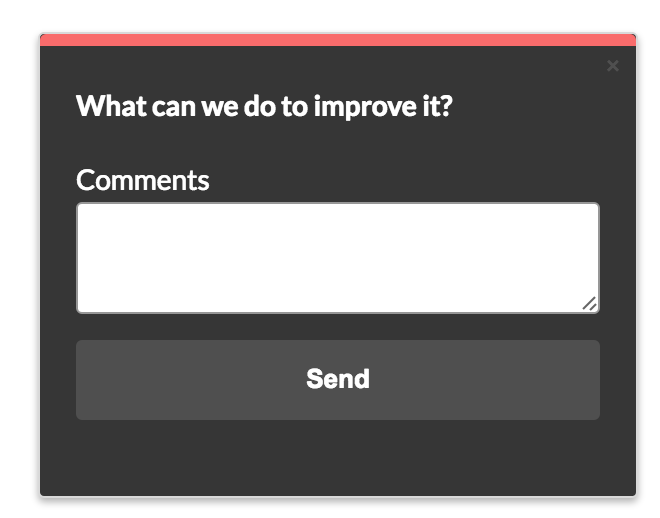Net Promoter Score (NPS) is an extremely common metric for modern businesses. First showcased in a Harvard Business Review article by Fred Reichheld in 2003, NPS has become synonymous with tracking customer loyalty.
Despite its widespread adoption, many companies miss the mark in driving direct value from NPS surveys. NPS can be used to reduce churn, drive sales, create positive social proof, expand accounts, and so much more. This article aims to break down how to use NPS to drive sales and retention.
The Gold Standard: What is NPS?
Simply defined, NPS is a measurable method to determine if your customers are likely to advocate for your product or brand (promoters), if they’re neutral and won’t go out of their way to recommend you (passives), or if they actively struggle to find value from your service or have unaddressed frustrations with it (detractors).
The method is simple: Each client account is surveyed, typically by delivering the NPS survey to each established user. The user is asked to rate the likelihood of referring your business to friends or colleagues on a scale of 0 – 10. This will categorize each response as a Promoter (9-10), Passive (7-8), or Detractor (0-6).
Using this feedback, your company’s Net Promoter Score is calculated using the below formula:
(Number of Promoter Scores/Total Number of Respondents) – (Number of Detractor Scores/Total Number of Respondents)
The overall score is what informs you of your overall client disposition. Different companies, industries, and segments will have wildly different baseline scores. A company like Apple, who maintains an NPS score of 62 would be devastated if they saw their score decrease to a 30. By comparison, Walmart, whose most recent published NPS was 12, would be thrilled.
NPS is not a tool designed to pit you against your competitors in a leaderboard-style comparison. It is a tool to measure your own client sentiment and to monitor its evolution over time. NPS therefore must be a continuous score, where surveys are sent to new and existing customers on a regular basis, such as monthly or quarterly.
Missed Opportunity: Where Companies Go Wrong
NPS is a gold standard because it works. Customers are willing to give their opinion because the question is simple and straightforward to answer. Businesses are eager to track this metric to ensure they’re maintaining or improving the value they bring to customers even as they grow and scale. It’s no wonder that some notable companies, such as Robinhood, use NPS as their North Star Metric – the one true number that tells them if they’re succeeding or failing at their goals.
All of this makes NPS an invaluable tool, but it fails to capitalize on the fact that you have a real person sharing their actual, in-the-moment feelings about how you’re serving them. We will highlight three key ways to capitalize on feedback as it happens that will proactively help grow your business, not just measure how it’s performed so far.
Tactic #1: Detractors
A company’s worst nightmare. Not only are they not excited or engaged about your offering, they are actively dissatisfied with their perceived value. This makes them ripe to churn, either by having their frustration hit a breaking point or by having a competitor swoop in with a more compelling story.
When a customer gives a negative rating, they’re doing you a favor by giving you an opportunity to take corrective action. Never accept a detractor response as being unavoidable. They’re engaged enough to give you feedback, so you’ve shown you can get their attention; now you just need to change their mind about your product.
As soon as a negative rating is received, that should automatically trigger immediate follow up action by your team, typically customer success, account management, or support. They should reach out directly to the customer to schedule a complimentary business review and see if there are any current pain points that have so far gone undiagnosed. This is your chance to save the account and secure it from being poached by another service whose grass seems greener.
It’s important not to specifically reference the NPS rating when scheduling this meeting. You don’t want your customers to feel like Big Brother is watching through your software.
Tactic #2: Promoters
While it’s easy to focus on detractors and their potential impact on churn, it’s equally important to nurture your promoters. These are your loyal customers who believe in your brand and are willing to spread the word to their friends and colleagues. They can be a powerful force for driving new business and helping you expand your reach. In other words, NPS can help drives sales and upsells if you target accordingly.
The first step is to recognize and acknowledge these promoters. Thank them for their loyalty and advocacy, and let them know how much you appreciate their support. This can be done through a personal email or message from a member of your team, or even a small gift or discount.
But don’t stop there. Use this positive feedback as an opportunity to engage with your promoters and learn more about what they love about your product or service. Consider creating a dedicated promoter program, where you can provide exclusive benefits or rewards to those who go above and beyond in advocating for your brand.
A key way you can leverage your promoters is by asking them to review your product or supply a testimonial. Asking them to submit reviews through 3rd party review sites, such as G2 and Capterra, will help your wider brand awareness and can be a great badge of honor to share on your homepage. Getting testimonials and case studies on your site will help visitors feel more confident in their purchase.
Perhaps the most impactful way NPS can drive sales is through referrals. Whether you use official referral programs or simply make a direct ask after someone identifies themselves as a promoter, referrals are a salesperson’s best friend. By focusing on your promoters and nurturing these relationships, you can not only increase the likelihood of repeat business, but also tap into their networks to drive new leads and expand your reach.
Tactic #3: Passives
Finally, let’s not forget about the passives – those customers who are neither promoters nor detractors, but are simply neutral. While these customers may not be actively dissatisfied with your service, they also aren’t going out of their way to promote it.
But that doesn’t mean they’re not valuable. In fact, passives can be a great source of feedback and insights that can help you improve your product or service and drive more positive sentiment.
Consider following up with these customers to learn more about their experience and what could be done to improve it. This can be done through a personalized email or survey, and can even include a special offer or discount to incentivize them to take the time to provide feedback. Remember, it’s not that they dislike your product – they may even like it – but they’re not superfans who will advocate for your business if pressed.
By engaging with your passives and taking their feedback to heart, you can make improvements to your product or service that not only increase satisfaction among this group, but also improve sentiment across your entire customer base.
Putting It All Together: Turning NPS into ROI
Ultimately, the key to driving ROI with NPS is to take action on the feedback you receive. Whether it’s reaching out to detractors to save the account, engaging with promoters to deepen relationships, or soliciting feedback from passives to make improvements, the insights you gain from NPS can be invaluable in helping you grow and scale your business.
But don’t stop at just measuring and tracking your NPS score. Use this feedback as a launching pad for action, and make it a core part of your overall customer experience strategy. By doing so, you not only improve satisfaction and loyalty among your existing customers, but also tap into the power of advocacy to drive new business and expand your reach.



